Graphene has the potential to solve many issues in vital energy research.
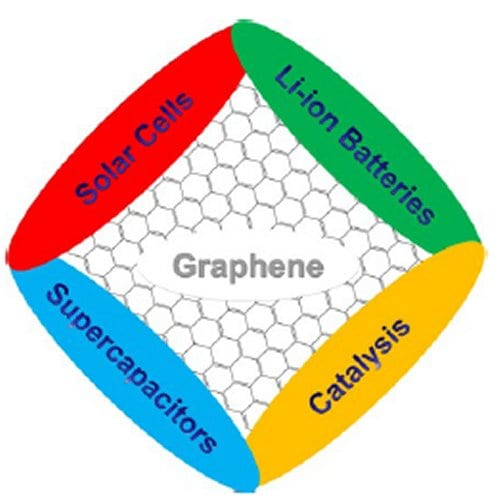

Graphene has the potential to solve many issues in vital energy research.
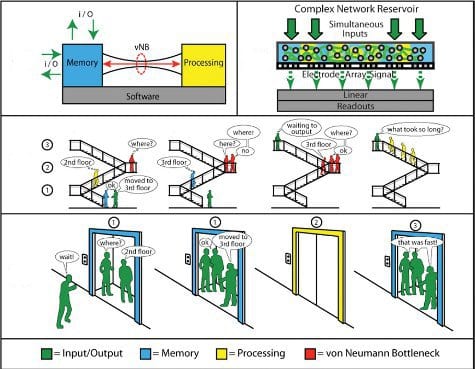
A computing network that exhibits emergent behavior similar to that in biological brains is hypothesized by Adam Z. Stieg of the California NanoSystems Institute

Xavier Crispin and his research team have shown that the type of electronic conduction observed in electrochemical transistors is highly dependent upon the capacitance of the device gate electrode.
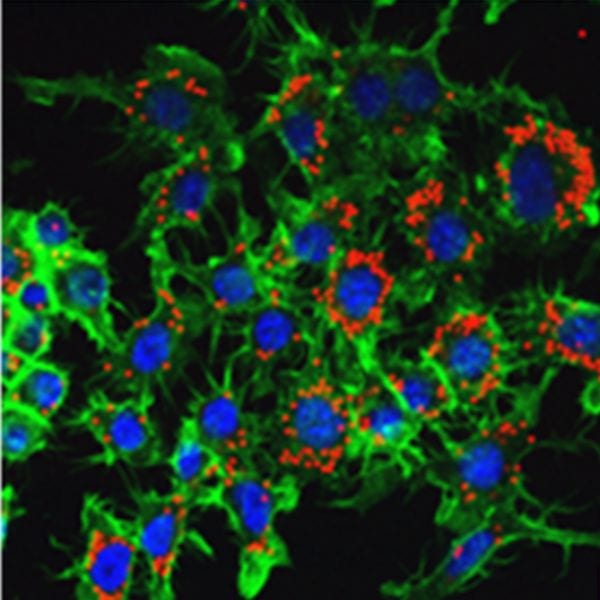
Confocal microscopy and flow cytometry results suggest that nanoparticle uptake defies the expected size limits.
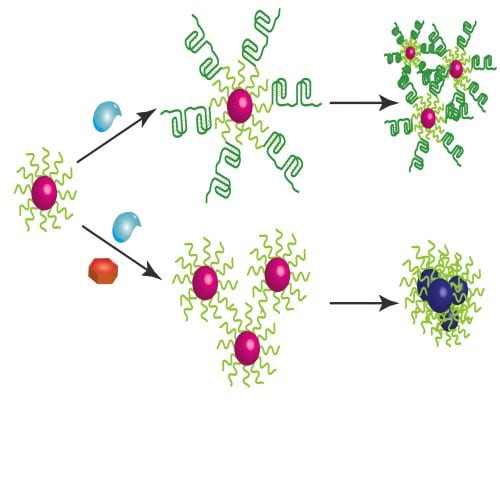
A new protocol combines gold nanoparticles with an enzyme substrate to give a simple test for the activity of an enzyme, the results of which can be seen with the naked eye.

Many different parameters affect the service life of a battery-powered electrical vehicle, such as structural stability.
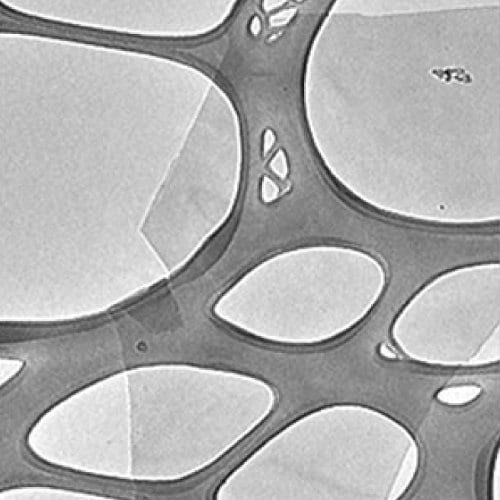
A new process can create large numbers of single-layer nanosheets quickly and efficiently, applicable to any suitable bulk material.
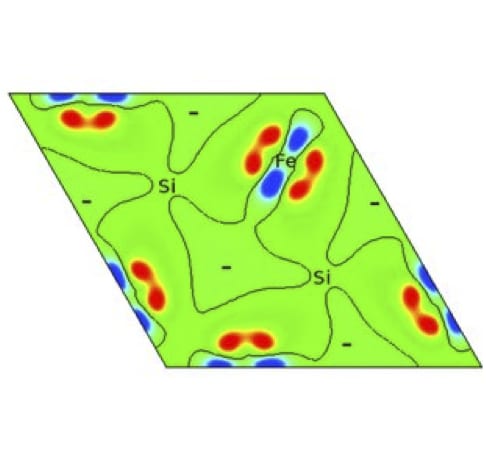
A giant magnetocaloric effect may increase performance in magnetic refrigeration and energy-conversion devices.

Shot peening enhances the surface characteristics of parts in aircraft engines. Researchers from Rolls-Royce and the University of Kassel tried to find the optimal set of parameters.
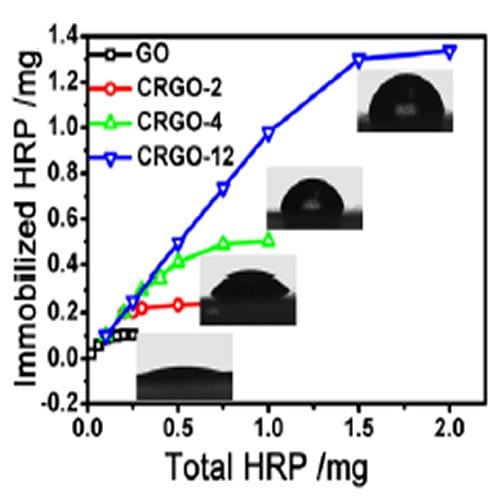
Chemically reduced graphene oxide is a good substrate for high enzyme loads, with activities comparable with those found in solution.